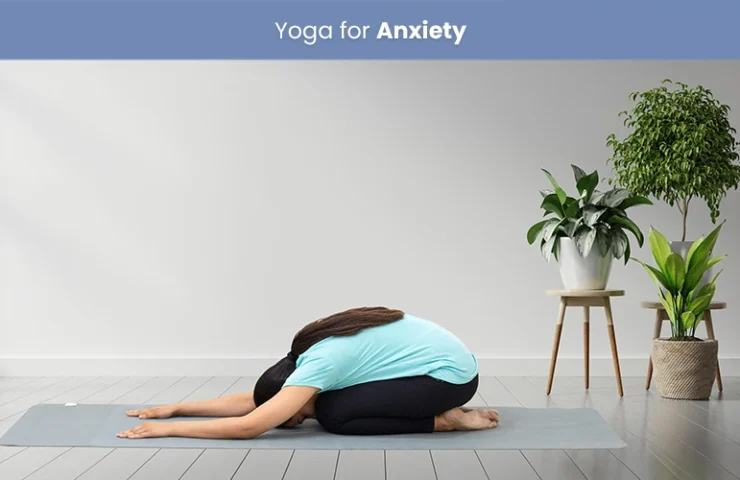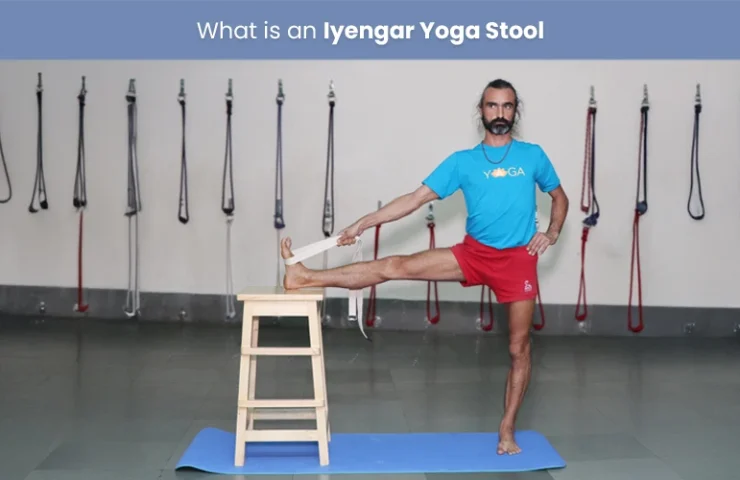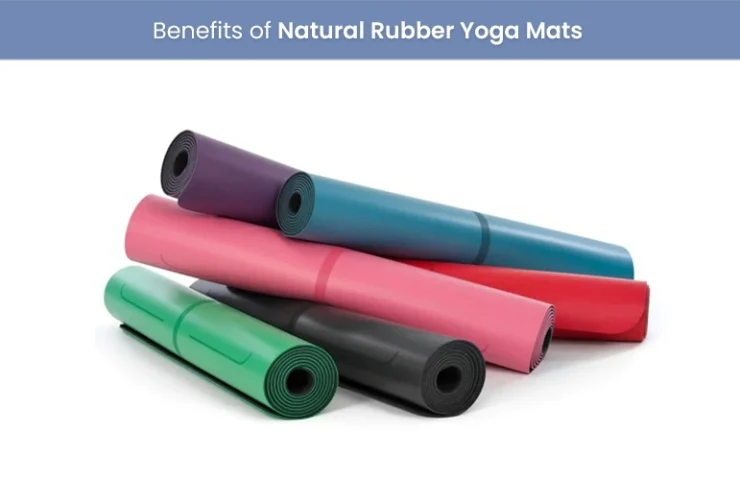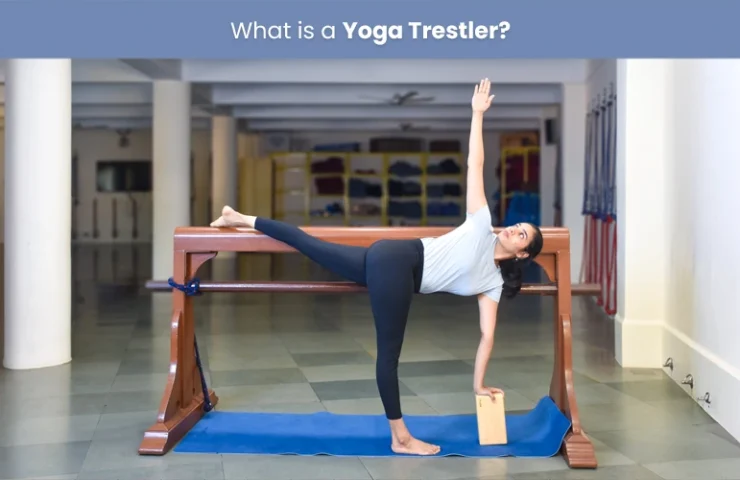Halasana, also known as Plow Pose, is an inversion pose in yoga that offers a multitude of benefits for both body and mind. This guide delves into the world of Halasana, exploring its advantages, preparatory poses, step-by-step instructions, safety precautions, and helpful tips for beginners.
What is Halasana (Plow Pose)?
Halasana (pronounced huh-LAH-sah-nah) translates to “plow pose” in Sanskrit. In this inversion, your body resembles a plow with your legs extended over your head and your hips supported by your arms. While seemingly intimidating at first, Halasana can be approached progressively with proper preparation and guidance.
Benefits of Halasana (Plow Pose)
Halasana offers a variety of benefits for practitioners of all levels:
- Improves Digestion: The inversion in Halasana stimulates the digestive organs, promoting better absorption of nutrients and elimination of waste.
- Enhances Flexibility: Holding Halasana stretches the spine, shoulders, and hamstrings, increasing overall flexibility.
- Stress Relief: The calming nature of inversions promotes relaxation and reduces stress by stimulating the parasympathetic nervous system.
- Increases Blood Flow: Halasana improves blood circulation to the head, promoting mental clarity and alertness.
- Strengthens Core: Engaging your core muscles is crucial for maintaining balance and control throughout the pose.
- Boosts Energy Levels: The inverted position is believed to energize the body and balance hormonal activity.
- Calms the Mind: The quiet and introspective nature of Halasana fosters mental calmness and focus.
Preliminary Poses for Halasana (Plow Pose)
Warming up your body with these preparatory poses helps prevent injury and ensures a smoother transition into Halasana:
- Balasana (Child’s Pose): This gentle pose stretches the back and calms the mind, preparing for deeper stretches in Halasana.
- Marjaryasana-Bitilasana (Cat-Cow Pose): This dynamic flow warms up the spine and improves flexibility.
- Setu Bandhasana (Bridge Pose): Bridge Pose strengthens the core and hamstrings, which are crucial for balance in Halasana.
- Adho Mukha Svanasana (Downward-Facing Dog Pose): Downward-Facing Dog stretches the whole body and prepares the shoulders for inversions.
- Sarvangasana (Shoulder Stand Pose): Shoulder Stand is a preparatory inversion that helps build the necessary strength and confidence for Halasana.
How to Do Halasana (Plow Pose)?
Here’s a step-by-step guide on how to practice Halasana safely:
- Begin by lying on your back with your legs together and arms extended alongside your body, palms facing down.
- Take a deep inhale and lift your legs straight up towards the ceiling, engaging your core muscles.
- As you exhale, slowly roll your back off the floor, supporting your lower back with your hands.
- Continue to lift your legs over your head, aiming for your toes to touch the floor behind you.
- Interlace your fingers behind your back and press your forearms firmly into the mat for stability.
- Straighten your legs as much as possible, engaging your quadriceps and hamstrings.
- Maintain a long neck by keeping your chin slightly tucked towards your chest.
- Breathe deeply and hold the pose for 5-10 breaths, gradually increasing the duration as you become comfortable.
Tips for Maintaining Control and Avoiding Strain:
- Engage your core throughout the pose to maintain stability.
- Keep your shoulders pressed down and away from your ears.
- Avoid placing any pressure on your neck by keeping your chin tucked.
- Don’t force your legs completely straight if you experience discomfort in your hamstrings.
- If you feel any pain, come out of the pose immediately.
How to Come Out of Halasana (Plow Pose) Safely
- Slowly exhale and begin to bend your knees, bringing them towards your chest.
- Unlace your fingers and carefully lower your back down to the floor, one vertebra at a time.
- Release your legs down to the mat and relax in Savasana (Corpse Pose) for a few breaths.
Tips for Maintaining Control and Avoiding Strain:
- Lower your legs slowly and with control to avoid neck strain.
- Don’t drop your legs abruptly.
- Maintain proper form throughout the transition.
Challenges in Halasana (Plow Pose)
Common challenges faced by practitioners include:
- Neck strain: Attempting to force the head to the ground without proper alignment can lead to neck strain.
- Hamstring tightness: Tight hamstrings can hinder the ability to lift the legs fully.
- Back pain: Improper alignment or rushing into the pose can cause lower back pain.
- Fear of falling: The inverted position can be intimidating for beginners.
- Shoulder discomfort: Placing too much weight on the shoulders can cause discomfort.
Overcoming Challenges:
- Focus on alignment: Prioritize proper neck alignment and avoid forcing the head to the ground.
- Build hamstring flexibility: Incorporate hamstring stretches into your practice.
- Strengthen core muscles: A strong core provides stability and support.
- Start with modifications: Begin with supported versions of Halasana or use props like blankets and halasana bench to build confidence.
- Gradual progression: Progress into the full pose gradually as your flexibility and strength improve.
Why use a Halasana Bench?
A Halasana bench, also known as a yoga bench, is a valuable tool for practicing Halasana safely and effectively. It provides a stable platform for supporting the head and neck, reducing the risk of injury. Using a Halasana bench allows you to focus on deepening the pose and engaging the core muscles without worrying about neck strain.
Benefits of using a Halasana bench include:
- Reduces neck strain: The bench supports the head and neck, preventing discomfort.
- Deeper stretch: The bench allows you to extend your legs further, deepening the hamstring stretch.
- Improves alignment: The bench helps maintain proper alignment of the spine and body.
- Increases confidence: Using a bench can boost confidence for beginners.
- Enhances practice: The bench allows you to explore variations and modifications of Halasana.
Contraindications
While the halasana bench is generally safe, it’s important to be aware of potential contraindications:
- Neck or back injuries: Individuals with severe neck or back injuries should avoid using a halasana bench.
- High blood pressure: The inverted position can increase blood pressure.
- Glaucoma: People with glaucoma should avoid inversions.
- Pregnancy: Pregnant women should consult with their healthcare provider before using a halasana bench, as some poses may not be suitable.
- Weak shoulders: The bench can put strain on shoulders, so proceed with caution if you have weakness or injuries.
Remember to consult with a healthcare professional or a qualified yoga teacher before incorporating a halasana bench into your practice.
Conclusion
Halasana (Plow Pose) is a powerful inversion that offers numerous benefits when practiced correctly. By following the steps outlined in this guide, incorporating preparatory poses, and addressing common challenges, you can safely and effectively incorporate Halasana into your yoga practice. Remember to listen to your body, progress gradually, and use props like a Halasana bench for added support and safety.
Consistent practice and patience are key to mastering Halasana. With dedication and proper guidance, you can reap the rewards of this transformative pose.






0 Comments for “How to Practice Halasana (Plow Pose): A Beginner’s Guide to Turning Upside Down”